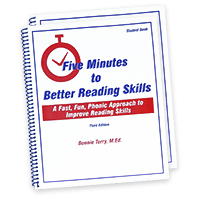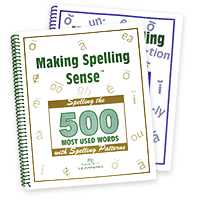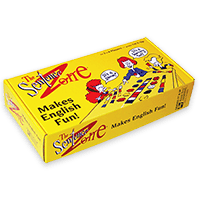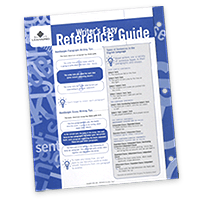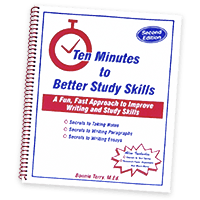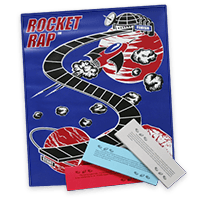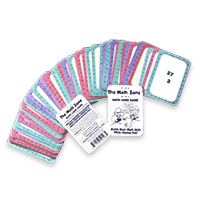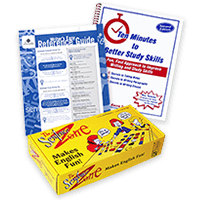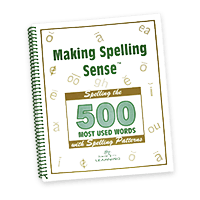[vc_row][vc_column][vc_column_text]
Association is the Basis of all Learning
According to author Kimberly Kassner, association is the basis of all learning. This is the ‘core’ of the learning process. Once you have received input, either through taste, smell, hearing (auditory), seeing (visually), or doing (tactile/kinesthetically), the information is held in the association cortex (hippocampus) of the brain.
The information is held there for a short time while it is being sorted into working memory, or long-term memory (Sprenger, 1999). This is where the brain makes the decisions: Do I need to pay attention to this? Does this make sense to me? Does it mean anything to me? If it does, the brain makes the connections with prior knowledge and stores the information.
Three Ways the Brain Constructs Meaning
Eric Jensen, author of Brain Based Learning states that there are three ways that the brain constructs meaning. When learning new material, it is critical to use relevance, emotion, or patterns and connections. You notice here that each of these are ways of using association to construct meaning and retention.
For example, if someone tries to teach you 1 + 1 = 2, but you have no idea what numbers are, you cannot learn. You cannot do the calculation. You need to be able to associate the symbols with numbers in order to solve the equation. You need to make an association in order to learn. The association can be to relate the new experience to prior knowledge or a prior experience (relevance).
The association can be with an emotion. For example, remember that story you thought was stupid? Kids can pull up facts from a story they didn’t like if you ask them questions about it after reminding them they didn’t like it. OR, remember how excited you were when you solved the mystery? This story or problem is just like that. Use emotion to engage and retain information. Associate learning with emotion.
The third association type is through connections or patterns. Again, you use prior knowledge to associate a pattern or connection to what you are learning. “What do you already know that you can apply to this?” If you are studying a math concept such as area and perimeter, think in terms of laying tile down on a floor or putting a fence around a yard. These are connections you can make and relate to.
In all of these examples, adding color will also enhance learning. Color can be used in encoding strategies to enhance memory and recall (Benjamin, 2007; Benbasat and Dexter 1986). Laura Erlauer, author of Brain Compatible Classrooms, concluded from Brain Studies … “Using color to emphasize key points can boost memory retention by 25%.” Visualize, picture what you are learning. For example, picture one red apple and one yellow banana and together they equal two pieces of fruit.
Learning is a Step-by-step Process
Learning is a step-by-step process built upon our past experiences. Association is like that. You make an association with the new concepts you are learning with what you have learned in the past (prior or background knowledge), and learning becomes easy. Association is ‘core’ to the learning process. Association is how you connect one idea to another and remember it.
We take this knowledge and apply it with spelling patterns, using graphic organizers, color coded note-taking and writing, step-by-step processes, mnemonics, vocabulary building, math concepts, as well as emotion and weave it into all of our products and programs to make learning easier.[/vc_column_text][/vc_column][/vc_row]
